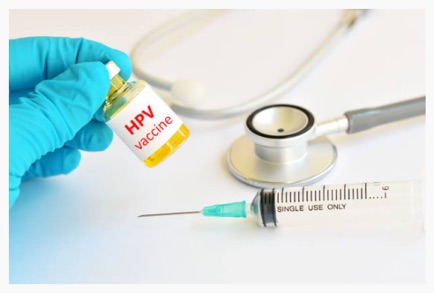Facts vs Myths
HPV Facts and Myths Explained
When it comes to HPV and the vaccine, there can be many misconceptions and even controversy around the HPV vaccine. Here we will share with you an overview of HPV and debunk many of the myths around the vaccine.
HPV facts
HPV, human papillomavirus, is the most common sexually transmitted virus. There are currently 79 million Americans infected with HPV and about 14 million people become newly affected each year. Therefore, almost all sexually active people will get HPV at some point in their life if they do not receive the vaccine. HPV is spread through any form of intimate skin-to-skin contact, not just vaginal sex.
In most cases, when a person contracts HPV, their immune system prevents the virus from causing serious harm. But, in a small amount of those who contract it, the virus becomes a long-term infection and can lead to cancer. These cancers include cancers of the cervix, vagina and vulva in women, cancers of the penis in men, and cancers of the anus and back of throat in both men and women.
HPV shows almost no visible symptoms, making it hard for a person to know if they have contracted it. HPV can cause genital warts, but this is the only side effect. It is the high-risk forms that have virtually no symptoms, but can lead to cancer. Due to the lack of symptoms, many people do not realize they have cancer until it may be too difficult or too late to treat.
HPV vaccine facts
However, there is a vaccine that can prevent this. A shot that can actually prevent a person from getting cancer. The HPV vaccine is recommended for ages 11-12 years old, but the series can be started at age 9 and is effective up until age 26. The only way to reduce the high number of Americans affected and these HPV related cancers is by receiving this vaccine. If a person goes unvaccinated, the infection continues to spread.
If you could prevent yourself, your child, or your patient from cancer, why wouldn’t you?





